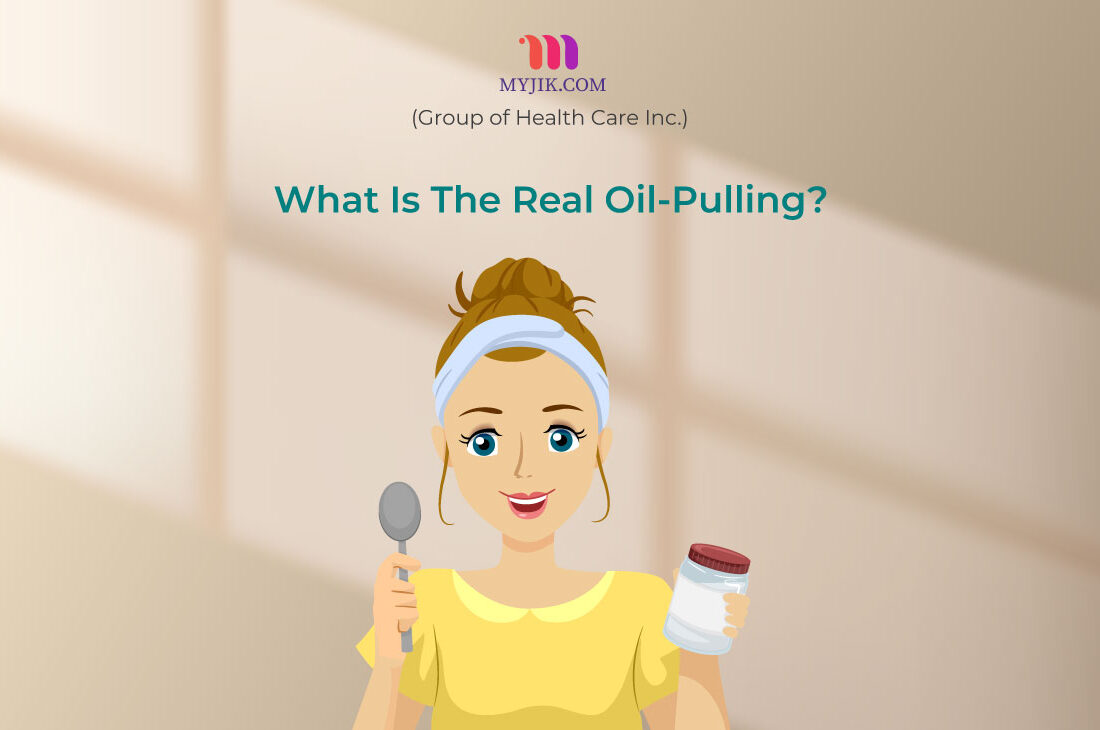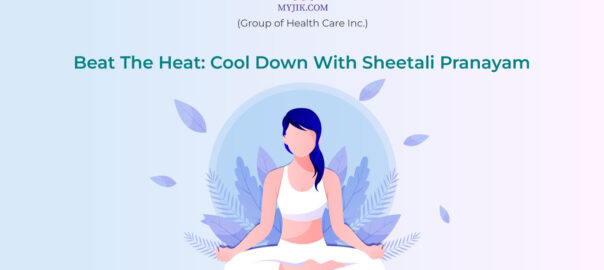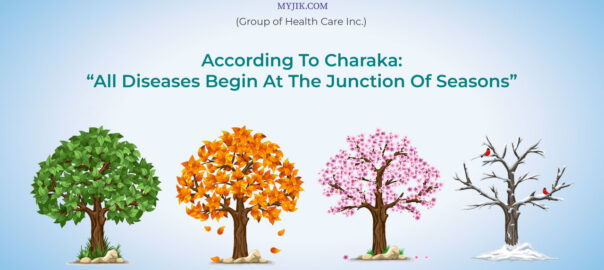
Sometime in the 2000s, we started hearing about the term “oil pulling” and how it is an age-old technique used by Indian Ayurveda practitioners for thousands of years as a part of holistic treatment for a healthier mind, body and soul. And, not to forget, how it seems to cure everything, from cavities to cancer.
The practice of oil pulling originates from Ayurvedic medicine by using sesame oil as detoxification. In recent years, coconut oil has emerged as Western medicine’s oil of choice, and the recommended course of action is to swish for 20 minutes daily, preferably in the morning. Huge FMCG companies are now coming up with coconut oil-based, oil-pulling liquids.
Many believe “if coconut oil cannot fix it, it’s a serious problem.” Indeed. While dryness of oral mucosa, owing to oil pulling with coconut oil for months, is not dangerous, it can lead to complications like tooth decay and mouth sores. Half-knowledge is a difficult thing and could be a wrecker when it comes to the human body.
So what exactly is oil pulling according to the original ayurvedic texts?
Oil pulling, also known as Kavala or Gandusha, refers to when an amount of oil is held in the mouth and gargled/pulled through the teeth/around the gums. It can be carried out primarily with Ghee, honey, milk and different oils like Coconut oil, Olive oil, Sesame oil and Sunflower oil. However, black cold-pressed sesame oil is the oil of choice for oil pulling. This is due to the absence of trans fat in cold-pressed oil.
Sesame oil is known in Ayurveda as the “King of Oils” and is the most used oil throughout this medical system as it’s good for all doshas. It has sesamol, sesamolin and sesamin components, polyunsaturated fatty acids, and Vitamin E, making this oil a rich natural antioxidant. This property helps prevent decay and degeneration of cells in the body and blocks the absorption of negative cholesterol in the liver.
This oil’s antibacterial and antifungal properties help treat halitosis, bad breath, plaque, gingivitis, and dental cavities. Coconut oil, on the other hand, is cold and drying and shouldn’t be used for oil pulling if one experiences only adequate saliva production as its long time usage may lead to dryness of the oral cavity.
Modern Oil Pulling VS Real Oil Pulling,
| The course of action is to squish for at least 20 minutes. | Squish only until the mucous formation happens or until you experience discharge from the eyes or nose. |
| Oil pulling is claimed to remove the coating on the tongue caused due to indigestion (Ama). | No such reference is available in the original Ayurvedic texts. |
| Oil pulling can be done standing before brushing teeth. | According to Ayurveda, our bodies are designed to get maximum benefits when we sit down and exercise our bodies. Therefore, Oil Pulling must always be performed sitting. |
| One can easily incorporate this activity into their daily routine. | Oil Pulling is recommended only if the sun is shining bright. Cloudy or rainy are deemed unideal. |
| Oil pulling is advisable for all and must be considered a supreme morning ritual. | Oil Pulling is a treatment that is unsuitable for people struggling with eye diseases, vertigo, bleeding disorders, etc. |
Oil pulling has great potential to improve oral health and have a positive and beneficial effect on the general health of the body and its organs. When practised rightly and carefully, it has extremely low potential for negative side effects and is likely worthwhile to include in a healthy daily routine. So Start oil pulling NOW!













